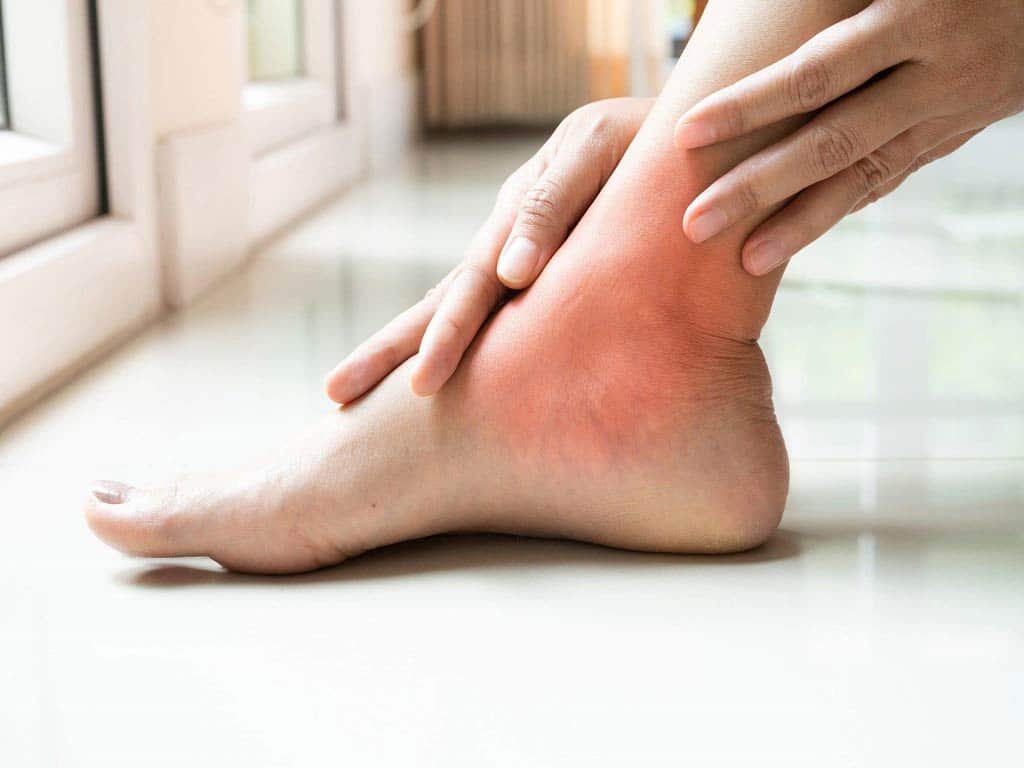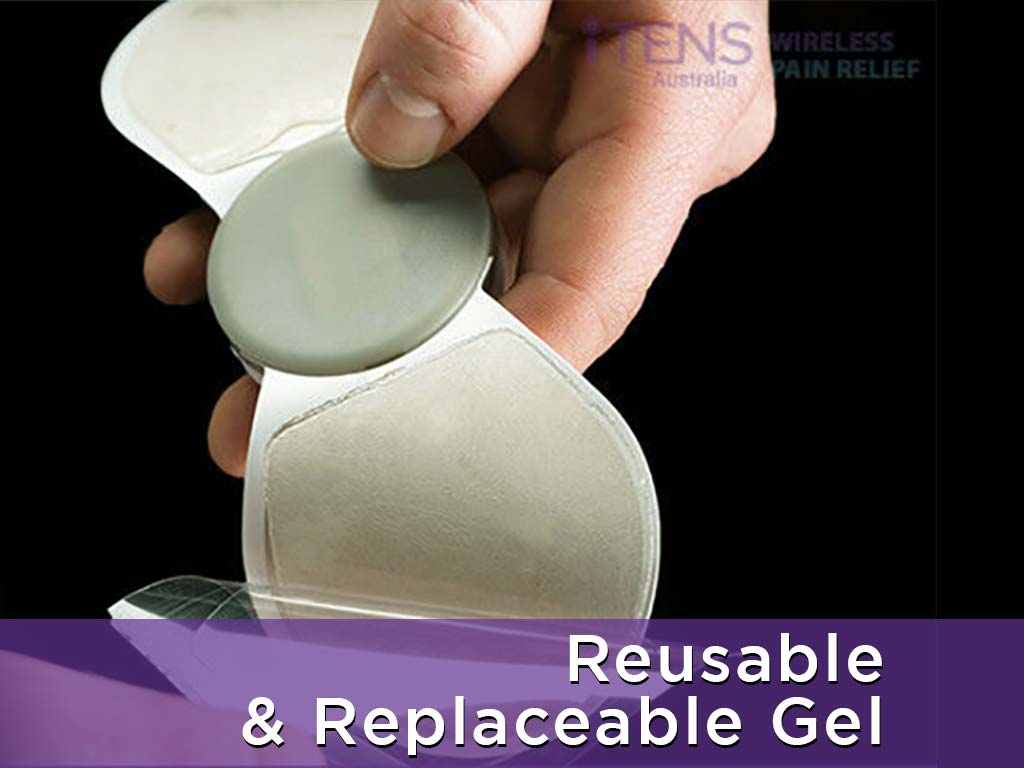
Managing foot drop can be a challenging and frustrating experience, as it increases the risk of trips and falls. This medical condition makes simple activities like walking and climbing stairs difficult. Fortunately, a Transcutaneous Electrical Nerve Stimulation or TENS unit for foot drop can provide therapeutic effects. It works by sending electrical stimulation to the body, which can help increase blood flow, activate the pain gate mechanism, and induce the production of endorphins.
Foot drops can often heal if the underlying condition is treated. Physical therapy and surgery are common treatments for this condition. People may also use TENS to help speed up motor recovery using effective stimulation. This treatment option is non-invasive and drug-free, making it a safe and convenient choice for individuals with foot drop. This article will provide information about the TENS device for foot drop, including how it works and its correct usage.
What Is a TENS Unit for Foot Drop?
Foot drop is a condition where a person has difficulty lifting the front part of their foot. It is often caused by damage to the nerves or muscles that control the movement of the ankle and foot, resulting in weakness or paralysis. People with foot drop may have trouble walking and are at a higher risk of falls.
A TENS unit for foot drop is a portable electrical stimulation device that can alleviate the condition. It consists of a control unit and single electrode or multi-pad electrodes. These pads send electrical currents to stimulate the nearby nerves. Moreover, there are two types of TENS devices that individuals can use: standard and wireless.
A standard TENS machine typically consists of a handheld push-button remote and wires that connect to the electrode pads. In contrast, a wireless TENS machine utilises Bluetooth technology to connect to a smartphone app. It is popular among individuals who prefer convenient and on-the-go pain management. Nevertheless, both types deliver effective stimulation.
Causes of Foot Drop
- Peroneal nerve injury: the most common cause of drop foot. The peroneal nerve sits close to the surface, making it easy to damage. Some causes are sports injuries, diabetes, and crossing the legs while sitting.
- Lumbar radiculopathy: a condition that occurs due to a pinched nerve in the lower back. It typically occurs due to the narrowing of the space inside the spine from herniated discs.
- Neurological conditions: spinal cord injuries and brain injuries include Multiple Sclerosis (MS), Stroke, Amyotrophic Lateral Sclerosis (ALS), cerebral palsy, and Charcot-Marie-Tooth disease.
- Muscular disorders: myositis and muscle atrophy in the foot or leg muscles can also cause the condition.

How Does a TENS Unit for Foot Drop Work?
A TENS unit for foot drop is an effective treatment strategy in rehabilitation programs. This modern device works using electric stimulation. It can accelerate the natural recovery of nerves and muscles, essential in foot drop treatments by increasing blood flow to the affected area. Such stimulation effects are integral to physical therapy approaches for foot drop.
Additionally, users have the option to customise the settings of a TENS machine with an external control unit based on their tolerance and condition. They have the option to modify the frequency, intensity, and pulse duration settings. High-frequency electrical stimulation (50-120 Hz) is particularly helpful for acute pain. It takes effect quickly by triggering the pain gate mechanism.
Individuals with foot drop have the option of employing low-frequency electrical stimulation (2-10 Hz) to promote the generation of endogenous opioids. These can help reduce the overall pain sensations. In addition, endorphins can decrease inflammation, which can improve the range of motion. Overall, using TENS for the management of foot drop can benefit people by improving their daily living, such as walking on inclined planes, on uneven terrains, or stars climbing.
Mechanism of Action
The mechanism of action for TENS therapy is based on two main theories. The first is the Gate Control Theory of Pain. The theory suggests that TENS overrides the nerves in the spinal cord that act as controllers for the ‘pain gate’. The electrical stimulation from TENS is thought to close these ‘neural gates,’ thereby blocking the transmission of pain signals to the brain.
The second mechanism involves the production of endorphins through stimulation. Endorphins bind to opioid receptors and inhibit them from sending pain messages. They are also known as natural painkillers as they have similar effects to morphine.

How to Use a TENS Unit for Foot Drop
Using a TENS unit for foot drop is straightforward and can be done without the supervision of a healthcare provider. However, it is crucial to read the instruction manual carefully. Before starting a session, the user should inspect the unit and its accessories to ensure everything is in working order. This ensures that everything is in working order and reduces any risk of malfunctions during use.
The user begins by placing the electrode pads on the tibialis muscles or other muscle areas near the foot. These muscles are crucial in managing foot drop and enhancing joint movements. After securing the pads, the user can power on the device and adjust the settings, starting with low current intensities. They can gradually adjust the stimulation pattern.
TENS therapy sessions typically last between 20 to 30 minutes. Consistent use of the TENS unit can aid in reducing the risk of trips and falls by improving muscle response and strength in the foot and ankle. After completing the session, the individual should carefully turn off the machine and detach the electrodes.
Pad Placement and Setting Adjustments
Proper electrode placement is crucial when for the treatment of foot drop using TENS. Generally, people place the pads on muscles near the pain source for effective stimulation. For drop foot, users may place electrodes on the tibialis muscle, above the ankle bone, or at the bottom of the foot.
A TENS machine has various settings. Firstly, its intensity adjusts the strength of the electrical current, ensuring comfort without pain. Secondly, the frequency, measured in Hertz, dictates the number of impulses sent each second, influencing pain relief. Thirdly, pulse width determines each pulse duration, targeting different pain depths.
Conclusion
A TENS unit for foot drop is a portable device that uses electrical stimulation to aid in the treatment of the condition. It works by sending electrical currents to stimulate nerves, promoting the natural recovery of muscles and increasing blood flow to the affected area. Additionally, users can customise settings like frequency and intensity. Whether using a standard or wireless device, individuals benefit from improved daily activities like walking on different surfaces.
Using a TENS device for foot drop is easy and safe. Before starting, one must check the unit and accessories, ensuring everything is working correctly. Placing the electrode pads on muscles like the tibialis is key, and adjusting settings gradually is crucial. Sessions typically last 20-30 minutes. After each session, users should turn off the device and remove the electrodes carefully. Individuals searching for a wireless TENS unit may want to check out iTENS.




















